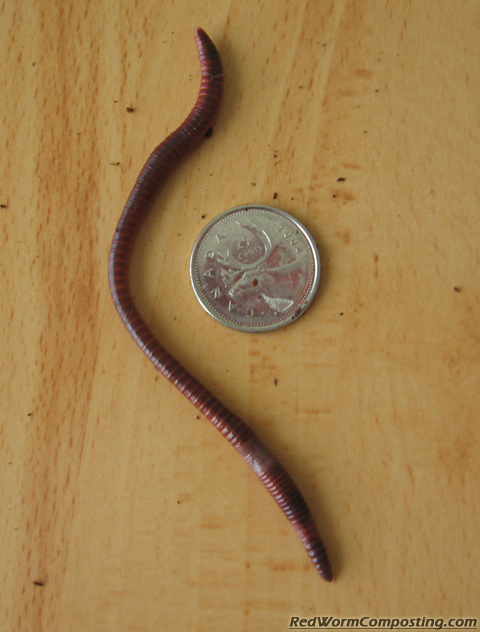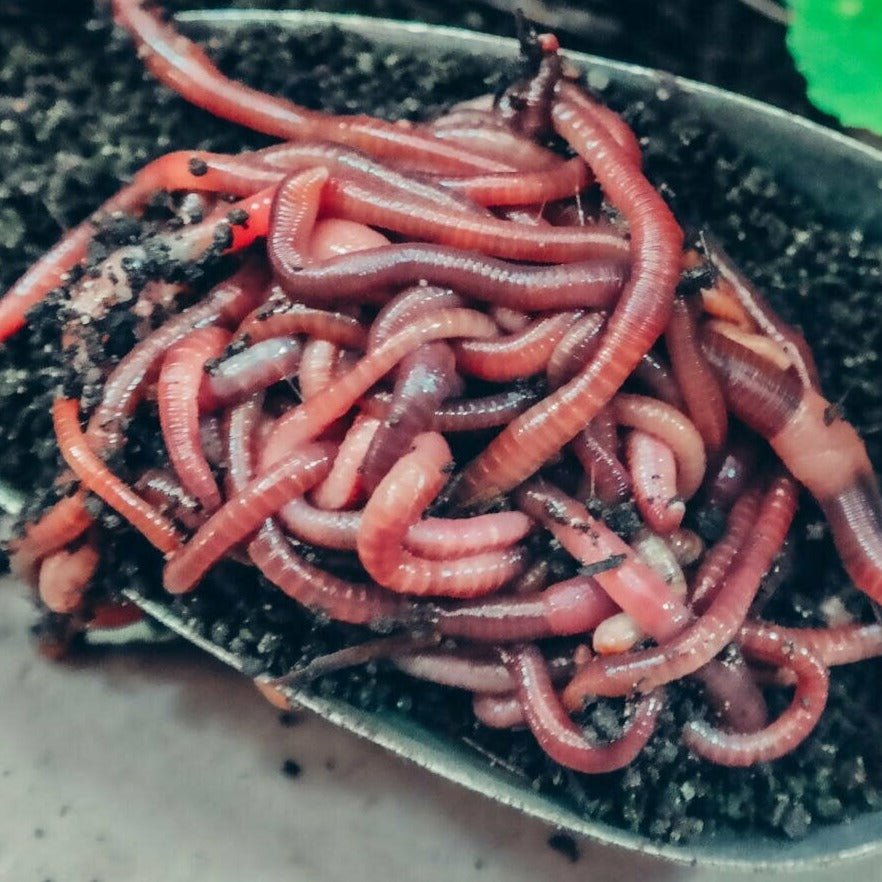Exactly How Red Wigglers Can Change Your Composting Experience
The integration of red wigglers right into composting practices supplies a transformative technique to throw away monitoring and soil enrichment. Recognizing the certain requirements and advantages connected with keeping a prospering worm population is crucial for maximizing their capacity.
Advantages of Red Wigglers
Red wigglers, clinically called Eisenia fetida, are a foundation of reliable composting systems as a result of their remarkable capability to break down raw material successfully. These worms stand out in changing cooking area scraps, lawn waste, and other organic materials right into nutrient-rich garden compost, commonly referred to as worm castings. Lake Hickory Bait. This procedure not just lowers garbage dump waste but additionally adds to sustainable horticulture methods
One of the main advantages of red wigglers is their high reproduction rate, enabling them to inhabit a composting environment quickly. This fast reproduction enhances decomposition rates, leading to faster compost manufacturing. In addition, red wigglers flourish in a varied variety of problems, making them versatile to different composting configurations.

Establishing Your Worm Container
(Red Wiggler Express)To develop a reliable worm bin for composting, careful focus should be provided to its layout and setting. A suitable worm container ought to be created of products that are long lasting yet enable required air movement, such as plastic or wood. The dimension of the bin can vary, but a quantity of roughly 1 square foot per extra pound of worms is an excellent starting point.
Make sure that the bin has water drainage openings to avoid water build-up, which can bring about anaerobic problems destructive to the worms. Furthermore, including air flow openings will aid preserve correct humidity degrees and oxygen circulation.
Following, it is important to supply bedding for the worms, which can consist of shredded paper, cardboard, or coconut coir. This bedding not just uses an environment for the worms yet likewise aids in dampness retention.
Placement the worm container in a place that maintains a temperature level variety of 55-77 ° F(13-25 ° C) to optimize worm task. Prevent placing the container in straight sunshine or severe temperatures. By following these guidelines, you can create a conducive setting for red wigglers, enhancing the effectiveness of your composting process.
What to Feed Your Worms

(Red Wiggler Express)Red wigglers especially delight in soft, damp foods like watermelon peels, cucumber peels, and banana peels. It is critical to avoid feeding them citrus fruits, onions, and garlic, as these can be destructive to their well-being. Additionally, cooked foods, milk products, and meat must be strictly stayed clear of, as they can lead to smells and draw in pests.
Offering a consistent feeding timetable will assist maintain your worm population growing while enhancing the overall effectiveness of your composting efforts. By recognizing what to feed your worms, you lay the foundation for an effective and sustainable composting experience.
Keeping a Healthy Habitat
Producing a prospering composting atmosphere for red wigglers calls for interest to their environment, as it directly influences their health and efficiency. The ideal environment ought to keep a well balanced wetness level, usually in between 60-70%. Excessive wetness can cause anaerobic conditions, while inadequate dampness might dry out the worms.

The bed linen product in the garden compost must vary and shredded, including materials like cardboard, paper, and coconut coir. This not just gives a comfy environment but also functions as a food source. Lake Hickory Bait. On a regular basis looking for smells or indicators of pests can aid recognize prospective problems prior to they rise
Last but not least, maintaining a well balanced pH level, preferably between 6 and 7, makes certain a helpful habitat for red wigglers, fostering their ability to procedure natural matter effectively. By dealing with these elements, you can create a lasting and effective composting ecosystem.
Harvesting and Using Garden Compost
Harvesting compost from a worm container is a gratifying process that transforms organic waste into nutrient-rich material for gardens and plants. As soon as more helpful hints the composting cycle is total, typically after 8-12 weeks, it's time to collect the vermicompost. The initial step includes dividing the red wigglers from the completed compost. This can be done making use of methods such as the "light" approach, where worms are brought in to light and can be scooped far from the top layers, or by moving the compost away of the bin and adding fresh bedding to the opposite side, urging the worms to migrate.
Once the worms are eliminated, the continuing to be garden compost can be looked to remove any type of bigger particles or undecomposed material. The last item should have a dark, crunchy texture and an enjoyable natural scent, indicating that it awaits use. This rich garden compost can be used straight to yard beds, blended right into potting soil, or utilized as a top dressing for potted plants. By incorporating vermicompost right into your horticulture practices, you not only improve soil fertility but also promote healthy and balanced plant growth and sustainable gardening techniques.
Verdict
Incorporating red wigglers right into composting techniques substantially enhances the disintegration procedure and contributes to the manufacturing of nutrient-rich vermicompost. Their adaptability to different atmospheres and high recreation prices make sure a sustainable populace, which properly damages down raw material. The resulting worm spreadings boost dirt framework, fertility, and microbial activity, ultimately promoting much healthier plant development. The integration of red wigglers into composting not just enhances waste administration however likewise enriches yard environments.